Contents
Late blight is called the plague of tomatoes, the most terrible disease of nightshade, it is from this disease that the entire crop of tomatoes can die. How many gardeners cultivate tomatoes, so much their “war” with phytophthora lasts. For decades, farmers have been coming up with new ways to combat the causative agent of tomato disease, there are a variety of remedies for this disease: from the use of drugs to completely exotic methods, like copper wire on tomato roots or spraying bushes with fresh milk.

What is late blight, how can it be dealt with and what provokes this disease? And, most importantly, are there varieties of tomatoes that are resistant to late blight – about these issues in this article.
What is the danger of late blight for tomatoes and what provokes it
Phytophthora is a disease of plants of the nightshade family, which excites the fungus of the same name. The disease manifests itself in the form of watery spots on the leaves of tomatoes, which quickly darken, acquiring a brown color.
The fungus quickly spreads throughout the plant, following the leaves, the stems become infected, and then the fruits of the tomatoes. Late blight of the fetus manifests itself as a seal under the skin of a tomato, which darkens and becomes larger. As a result, the entire fruit or most of it turns into a deformed brown substance that has an unpleasant putrefactive odor.
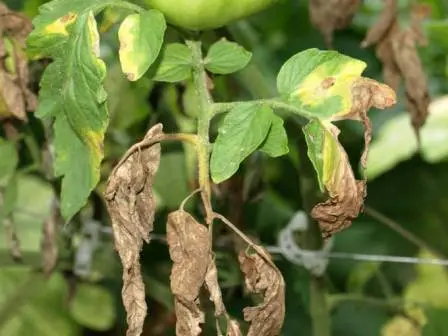
The danger of late blight lies in the excessive survivability of fungal spores and their very rapid spread. In a few weeks, the entire gardener’s crop may die, sometimes no methods of combating this disease are effective.
The medium in which spores are stored and reproduced is the soil. Late blight is not afraid of either extreme heat or low winter temperatures – infected soil in the new season will again contain spores and pose a danger to any plants of the nightshade family.
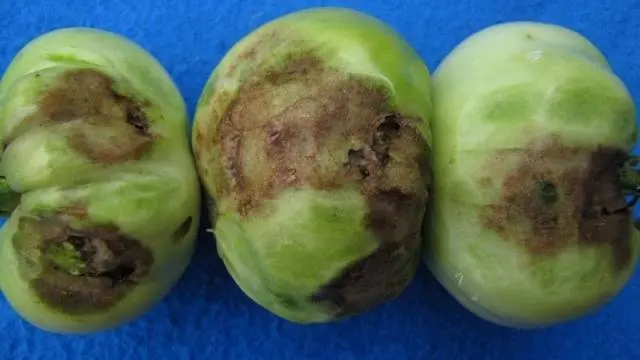
Potatoes also do not need to be planted close to the beds with tomatoes, because this crop contributes to the very rapid spread of phytophthora.
Phytophthora spores dormant in the ground can be awakened by the following factors:
- low temperature in the summer season;
- lack of air, poor aeration of tomato bushes;
- high humidity is an excellent breeding ground for microorganisms;
- excess dose of nitrogen fertilizers;
- lack of soil elements such as potassium, iodine and manganese;
- shade or partial shade on the site, the predominance of cloudy weather;
- excessive watering;
- growth between tomato bushes of weed crops;
- moisturizing the stems and leaves of tomatoes.
In order for the fight against late blight to have a result, it is first necessary to eliminate all factors contributing to the development of a fungal disease.
Late blight in beds and greenhouses
It is believed that the peak of the late blight disease occurs at the end of summer – August. This month, the nights become cool, the temperature drops to 10-15 degrees, in most regions of the country the season of prolonged rains begins, and there are more and more cloudy days.
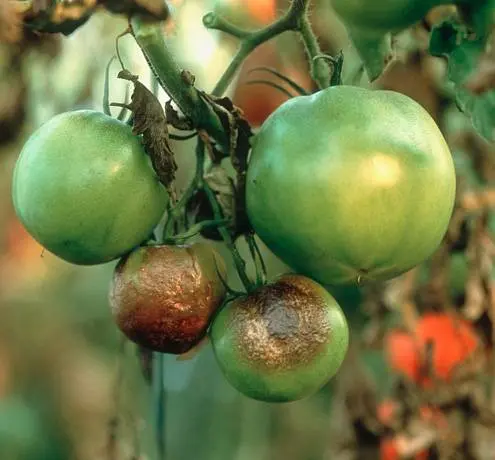
All this is the best fit for fungi – spores begin to multiply rapidly, capturing an increasing territory.
Farmers consider early varieties of tomatoes to be salvation from late blight. It cannot be said that the tomatoes of these varieties are resistant to late blight, it’s just that the fruits on such plants have time to ripen before the onset of the epidemic, the late blight peak “slips”.
However, the climate of not all regions of Our Country is suitable for growing early ripe tomatoes in the beds – in most of the country, summers are short and cool. Therefore, early varieties are often planted in greenhouses.
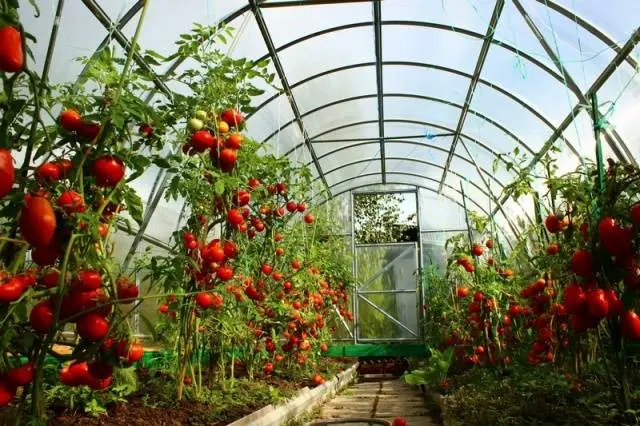
It would seem that this is salvation from the terrible disease of tomatoes. But, unfortunately, everything is not so – in closed greenhouses, the risk of developing the disease is even higher, this is facilitated by the microclimate of the greenhouse. Of particular danger are:
- poorly ventilated greenhouses;
- too thickened plantings, not stepson tomatoes;
- high humidity;
- too high temperature combined with frequent watering;
- soil contaminated by previous plantings in greenhouses;
- watering is not a root type – you can only moisten the ground under the bushes, the plants themselves must remain dry.
The fact is that fungus spores are perfectly preserved in wood, awakening every season and infecting plants. Wood processing is ineffective, only super-early hybrid tomatoes are planted in these greenhouses, the resistance of which is the highest.
therefore selection of phytophthora-resistant tomato varieties for a greenhouse is an even more difficult task than finding tomatoes for open ground.
What varieties of greenhouse tomatoes are resistant to late blight
No matter how hard breeders and botanists try, varieties of tomatoes that are absolutely resistant to phytophthora have not yet been bred. Every year, more and more new late blight-resistant varieties appear, but so far there is no such tomato that will not get sick with a fungus with a XNUMX% guarantee.
But there is a group of tomato varieties that can theoretically get sick with late blight, but for this several factors must coincide at once (for example, high humidity and low temperature or planting plants in a wooden greenhouse infected with spores).
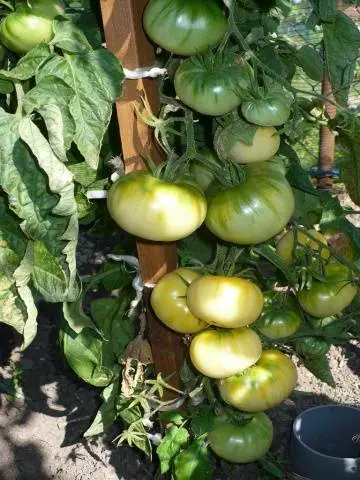
Determinate tomatoes have the following features:
- grow to the third or fourth ovary and stop development;
- their fruiting is extended;
- fruits have different sizes;
- bushes do not have or have a small number of side shoots, so the plantings are not thickened and well ventilated;
- give good harvests;
- often characterized by early maturation.
Unlike undersized varieties, indeterminate tomatos grow up to 1,5-2 meters, have many stepchildren, differ in later maturation and simultaneous return of fruits. Such plants are best grown in greenhouses, but it is imperative to monitor the humidity inside and often ventilate the greenhouse. It is tall tomatoes that are more suitable for growing with a commercial purpose – the fruits are of the same size, ideal shape and sing at the same time.
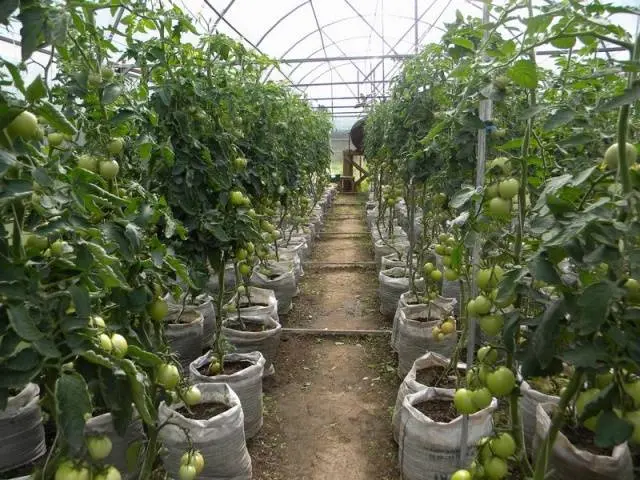
“Resonance”
The variety is one of the few indeterminate tomatoes that can resist late blight. A culture with early ripening dates produces fruits within three months after planting.
The bushes are not very high – up to 1,5 meters. Tomatoes are large, round, red, average weight – about 0,3 kg.
The culture tolerates extreme heat and lack of watering. Tomatoes can be transported, stored for a long time, used for any purpose.
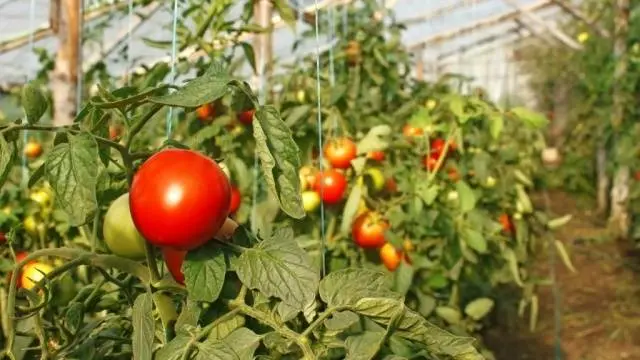
“Deep”
Determinate tomato, compact bushes – up to 0,6 meters high. The culture is early – the fruits can be plucked 2,5 months after planting the seeds. Small-sized tomatoes are painted red, have the shape of a ball, their weight is about 100 grams.
This variety is considered one of the most resistant to late blight, tomatoes ripen together, the crop yield is high.
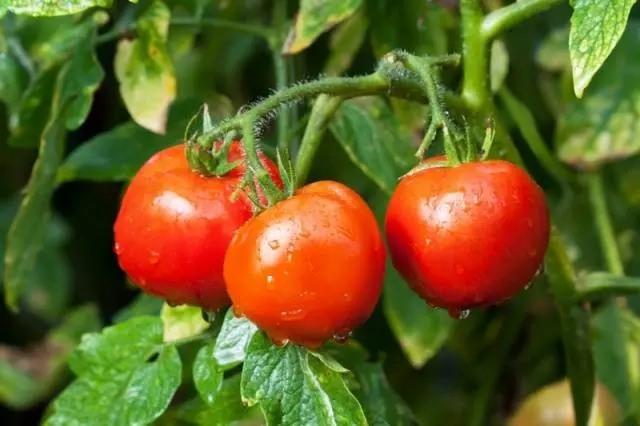
“Gnome”
The bushes are small, grow to a maximum of 45 cm. The culture is early, tomatoes ripen after 95 days. Tomatoes are small, about 50-60 grams each, round and red.
There are few lateral processes on the bushes, so you do not need to pinch them. The variety gives good yields – about three kilograms of tomatoes can be harvested from each plant.

“Orange Miracle”
The culture is tall, with an average growing season, it is necessary to harvest after 85 days. Tomatoes are painted in a rich orange color, have the shape of a ball, but slightly flattened. The color of tomatoes is due to the high content of beta-carotene, so tomatoes are very useful.
Tomatoes are large, weighing about 0,4 kg. Plants resist late blight well, can be grown in hot and arid regions.
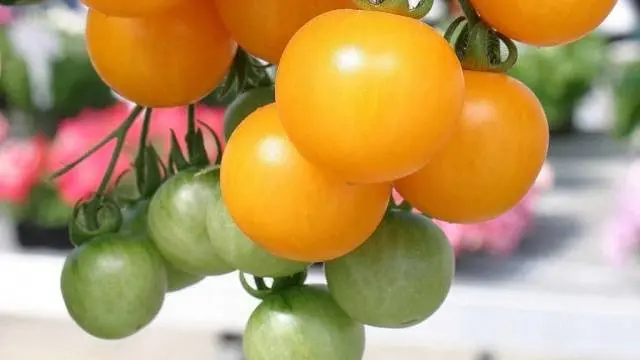
“Nobleman”
Bushes of determinate type, their height is maximum 0,7 meters. Tomatoes ripen in medium time, endure difficult climatic conditions.
Tomatoes are round and large, weight can be 0,5 kg. The pulp of the fruit is sweet, sugary, very tasty.
Bushes of this variety must be pinched, removing the lateral processes.

“Lark”
A variety of hybrid type, characterized by ultra-early ripening. The culture is resistant not only to phytophthora, but also to several other diseases that are dangerous for tomatoes.
Bushes of a determinant type, however, their height is quite large – about 0,9 meters. “Lark” gives good yields. Tomatoes are medium in size, weighing about 100 grams. Fruits are considered tasty, suitable for processing and conservation.
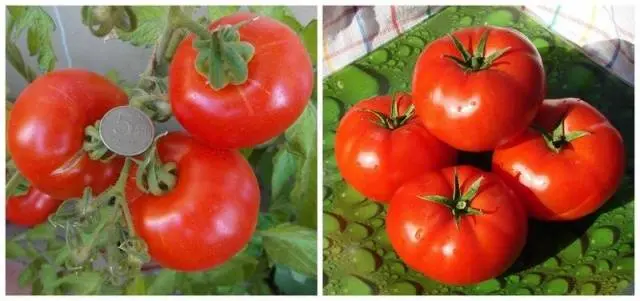
“A little prince”
A low growing plant with compact bushes. The yield of tomatoes is not very high, but the culture staunchly resists late blight. The main protection of these tomatoes from a dangerous fungus is a short growing season, the tomatoes ripen very quickly.
Tomatoes weigh a little – about 40 grams, have a good taste, great for pickling.
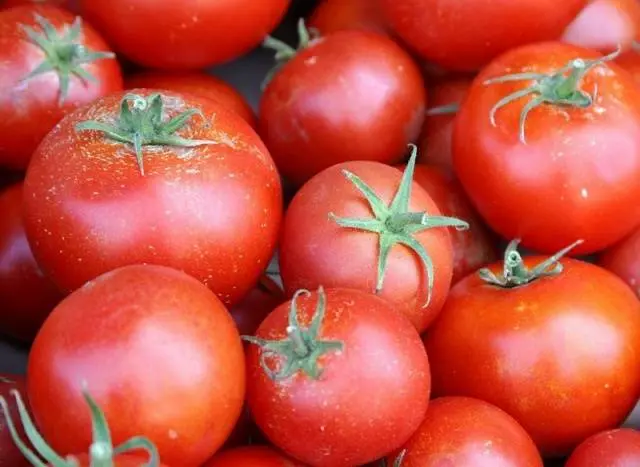
De Barao
Indeterminate tomatoes that need to be grown in greenhouses. Plants stretch up to two meters, need to be strengthened with supports. The culture has a strong immunity against late blight, even despite the late ripening period, this variety rarely suffers from fungal diseases.
Tomatoes ripen four months after sowing, have a plum shape, weigh about 60 grams. A distinctive feature is a very rich cherry shade of fruits, sometimes tomatoes are almost black.
Up to five kilograms of tomatoes are harvested from a bush, they can be stored for a long time, used for any purpose.
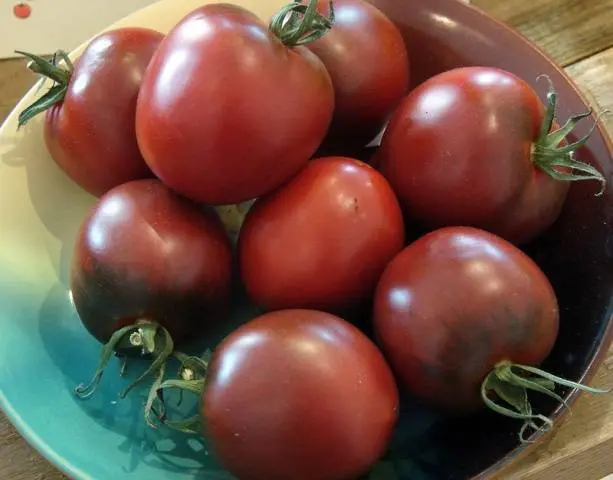
“Cardinal”
A greenhouse culture growing up to 180 cm has an average growing season. The fruits are distinguished by an interesting heart shape, large weight – up to 0,5-0,6 kg. The grade gives good productivity, has high palatability.
Late blight will not affect these tomatoes if the greenhouse is well ventilated and does not allow excessive moisture inside it.
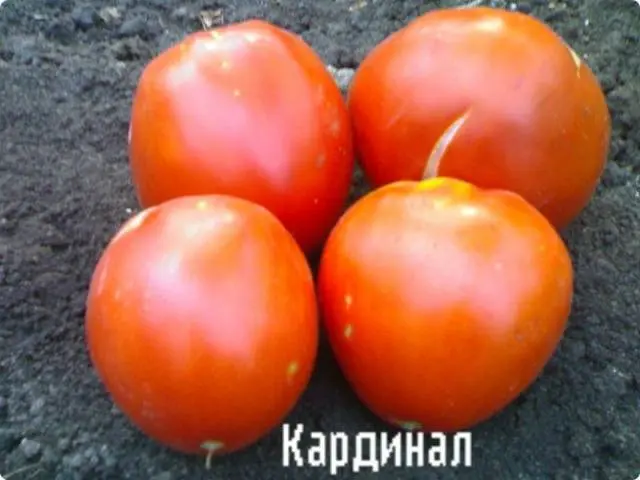
“Carlson”
These tomatoes will ripen 80 days after planting. The bushes are quite high – up to two meters. The shape of the tomatoes is elongated, there is a small “nose” at the end of the fruit, they weigh about 250 grams.
From each such tall bush, you can collect up to ten kilograms of tomatoes. Such tomatoes are stored for a long time, can be transported, very tasty.
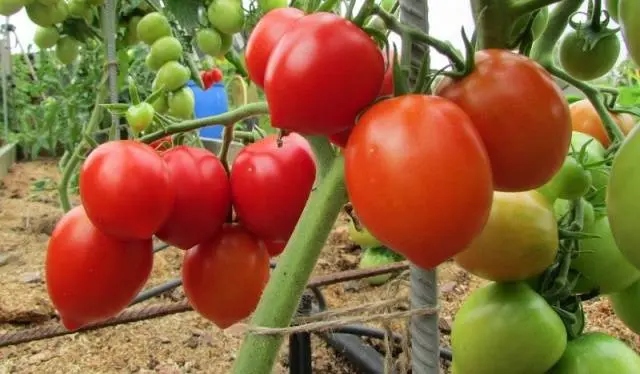
How to deal with late blight
As mentioned above, late blight is easier to prevent than to defeat. This is a very persistent disease, for which it is difficult to find a “treatment”. To identify the disease in the early stages, the gardener should check the bushes and leaves daily, pay attention to light or dark spots on the leaves – this is how late blight begins to develop.
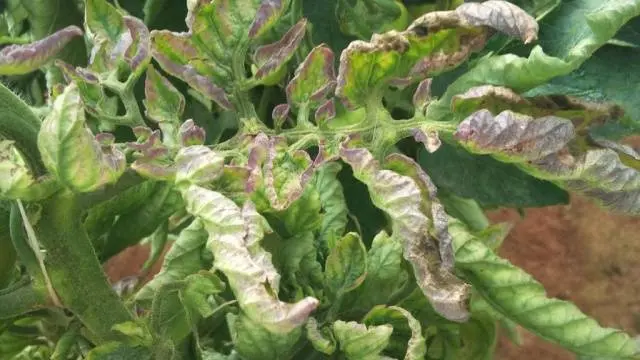
It is better to remove an already ill tomato bush from the garden so that neighboring plants do not become infected. If most of the tomatoes are affected, you can try to cure these plants. For these purposes, many means are used, in some cases some “medicines” help, in others they turn out to be absolutely useless, then you need to try something else.
Modern gardeners most often use such remedies for late blight:
- “Baktofit”, diluted in water, according to the instructions, and brought under a bush along with watering;
- fungicidal drugs that irrigate the bushes;
- Bordeaux mixture;
- copper oxychloride;
- folk remedies such as iodine, milk, mustard, manganese and even brilliant green.
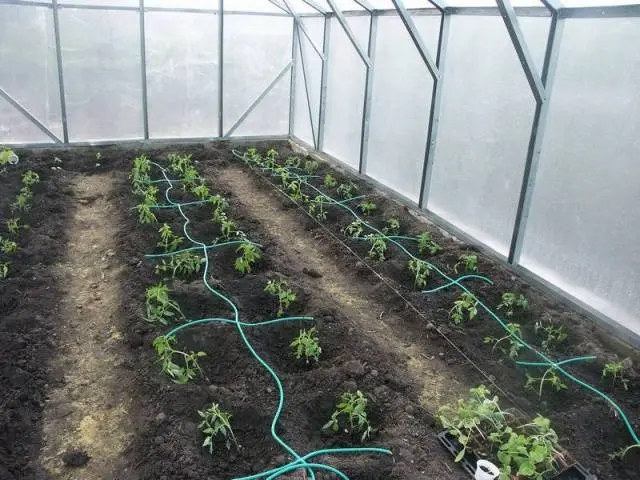
You can help plants resist late blight at all stages of development. For this:
- Treat tomato seeds before planting with a solution of manganese.
- Spill the earth with boiling water or potassium permanganate, fungicidal preparations.
- Water the bushes only at the root, carefully making sure that drops of water do not fall on the leaves.
- In rainy and cool weather, especially carefully monitor the plants, carry out regular processing of the bushes.
- Mulch the soil between tomato bushes.
- Stop any treatment 10-20 days before fruit ripening.
- Plant mustard and basil between rows with tomatoes – these plants kill late blight spores.
- Remove tomato leaves that touch the ground.
- Tie up the stems of tomatoes, lifting the plants so that they are better ventilated.
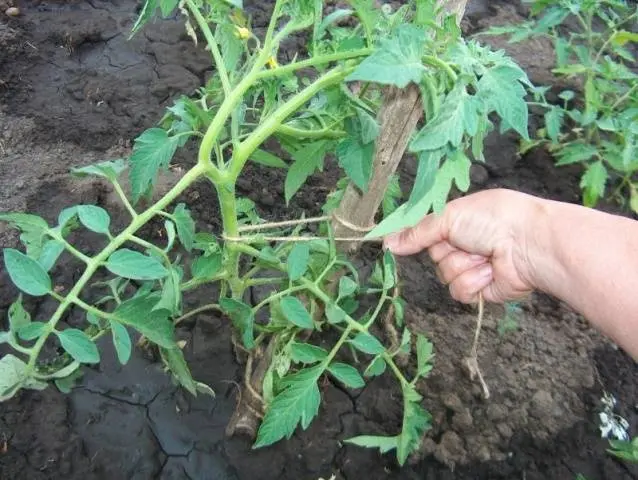
Phytophthora-resistant tomato varieties are not a XNUMX% guarantee of a healthy crop. Of course, such tomatoes better resist the causative agent of the disease, their natural resistance is greatly enhanced by breeders. But only an integrated approach to the problem of late blight can be considered truly effective:
- purchase of resistant varieties;
- seed treatment;
- soil disinfection;
- compliance with the rules for growing tomatoes;
- timely and regular processing of plants.
This is the only way to be sure of your tomato crop!









